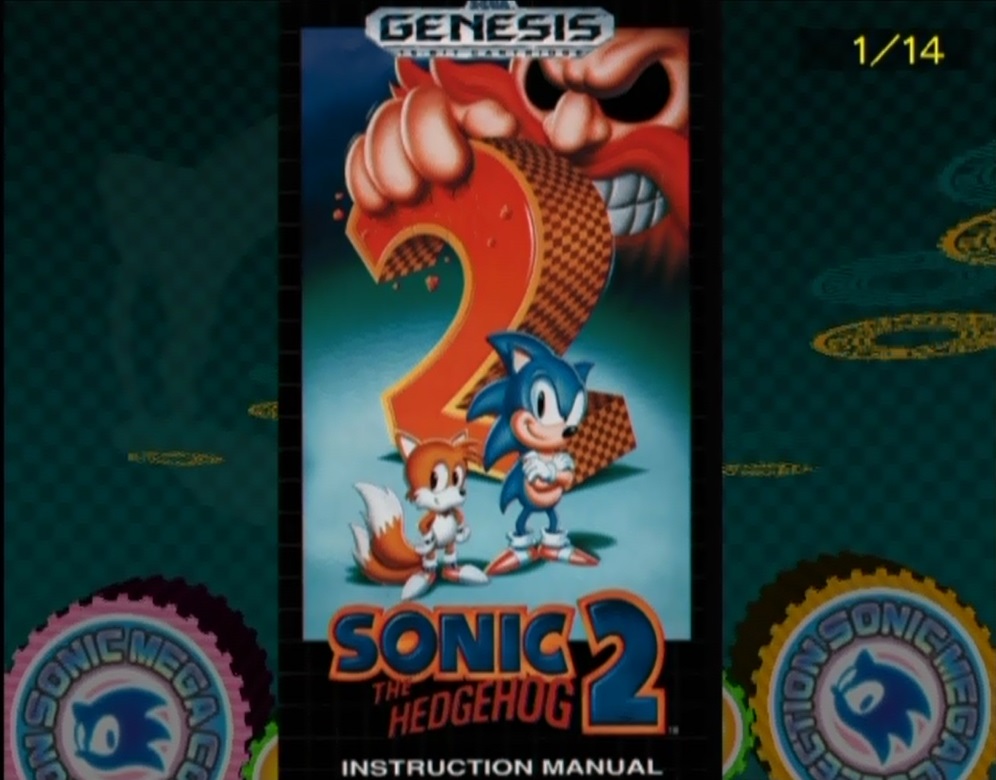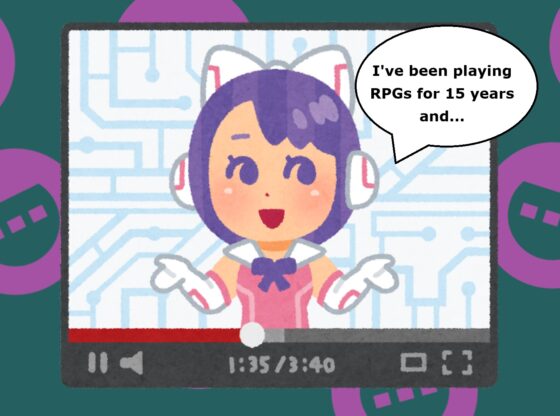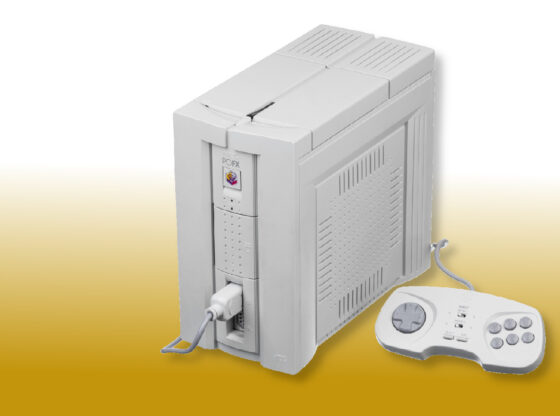
Most view the 16-bit era of Sonic the Hedgehog as his golden years. I personally started the series with Sonic Adventure on the Dreamcast, but I had a hard time going back to the Sega Genesis games.
As expected, Sonic runs really fast. But because the 16-bit entries are two-dimensional games, your view of what’s ahead is limited. The speed at which he can go is much quicker than I can react to the environment. Completing a level is not hard, but you lose a feeling accomplishment when just stumbling through.
Successfully playing and enjoying each stage is all about memorization. If you can do that, it’s easier to go back and take a variety of paths through it. At this point in my life, I don’t have the time or patience to play the same stages over and over again. But If you can keep your momentum, it’s an exhilarating experience.
For awhile, I thought this was a necessary evil in earlier Sonic games. But after playing a completely unrelated game called Azure Striker Gunvolt, I realized this isn’t true. I won’t go into the details of how Gunvolt plays; I already have an whole article on that. What’s important here is the speed at which the main character moves.
Despite moving slower than Sonic, Gunvolt’s movement gives a comparable sense of speed that the Sonic series delivers. But at Gunvolt’s pace, you never feel surprised by objects or enemies coming in from off screen. You always have time and the tools to deal with an obstacle. Admittedly, Azure Striker Gunvolt has the benefit of a wider screen to work with, but it showed me that a game about speed doesn’t have to be blazing fast.
(Header Image Source:APKPure)










